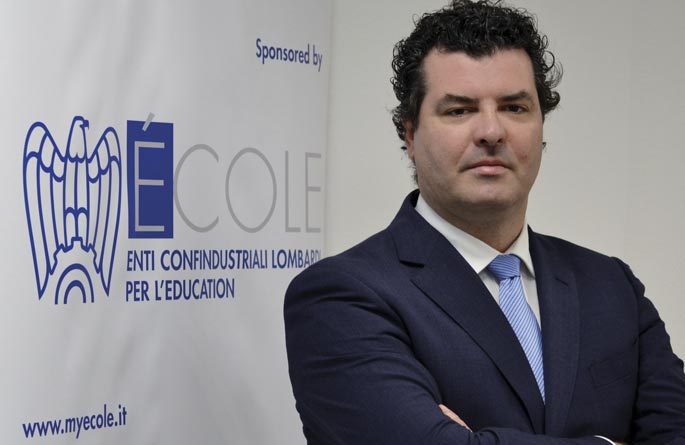Training is the Goal
The collective labor agreement for the metalworking and mechanical engineering industry foresees all workers being involved in training courses. Companies will be responsible for creating ad-hoc programmes aimed at increasing the skill sets of their employees.
by Davide Della Bella
Among the novelties included in the collective labor agreement for the metalworking and mechanical engineering industry, one of the most interesting was that concerning training. Signed off by trade unions including Federmeccanica, Assistal, FIM, FIOM and UILM, the new national contract foresees (in article 7) that as from 1st January 2017, companies will involve all fully hired workers, over each three year period, in continuous training of an overall length of 24 hours per person”. To transform this obligation into a growth opportunity, companies must immediately begin to set up the most appropriate training schedule for the increase of their staff’s skills and complete the programme within 31.12.2019 (the end of the first three year period). As often happens inside companies, the pathways towards such a goal are multiple, but it is also true that certain steps are necessary for all firms involved.
Three essential steps along the path
The first concerns the programming and implementation of a monitoring system, as foreseen in article 7 of the national contract. In small companies of up to 5 employees, a simple spreadsheet recording training carried out is probably sufficient. For larger companies, a mores structured approach is necessary, probably integrating training programmes within management software already being used. This will allow for reporting as stipulated by the national contract. Speaking of which, it is important to bear in mind that the most up to date software systems will feature a rolling function analyzing the current year’s schedule and comparing it with previous ones. This is important in terms of the fixed element of article 7 concerning the three year periods, 2017-2019 and then starting from scratch in January 2020.
The second obligatory step will be an analysis of in company training which can often be undervalued. Whether this concerns training for new recruits, coaching for senior staff, courses on new machinery, products, service etc. it is often the case that training is not put down in a formal way. Companies will need to map out their plans to clearly understand their performance compared to the 24 hour stipulation of the national contract.
Only after carrying out this operation will it be possible to move on to the third step, planning. While there is the obligation of planning training over three years, within the end of the second year, that is 31.12 2018, it is necessary that all staff members have a plan of their participation in training which will meet the 24 hour criteria. In this case, planning means having the course title, its length and the time of year of its implementation.
Companies can rely on their trade association’s support
These steps should be faced with the help of consultants or using resources inside companies: here the choice is based on the number of employees, systems in place managing training courses and the quantity of training usually carried out in a company, independently from the new contract stipulations.
Finally, there are some technical questions to be resolved (above all the quantity of E-learning to be administered) but also some key points of interest to all companies, for example, safety training as set in article 37 of the 2008 law, is not included in the 24 hour block and should a company not provide the number of hours foreseen by article 7, they become liable, up to a total of €300, for the costs incurred by an employee registering autonomously in training of their personal interest.

